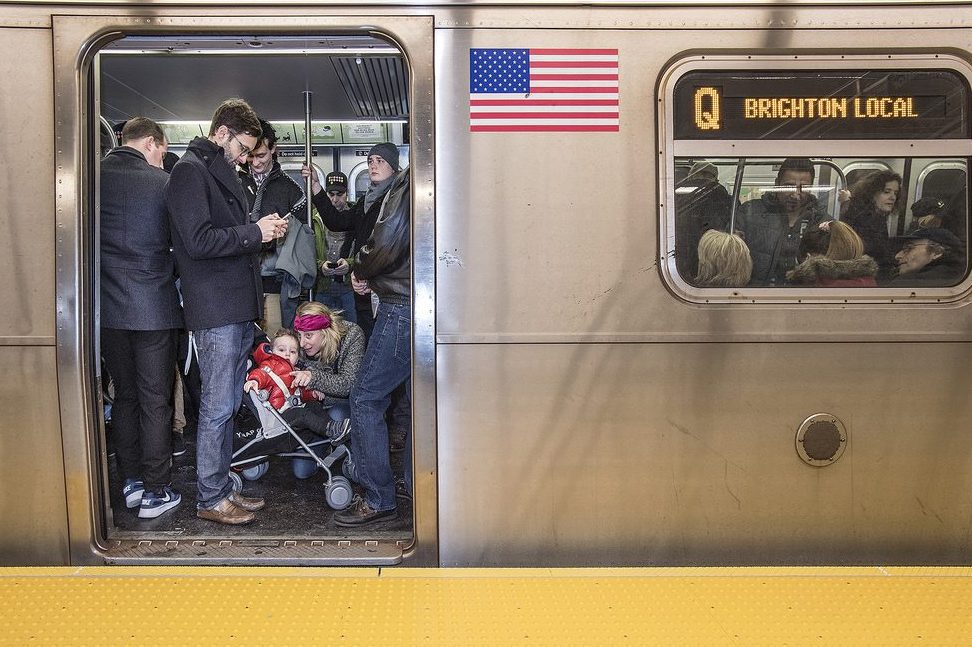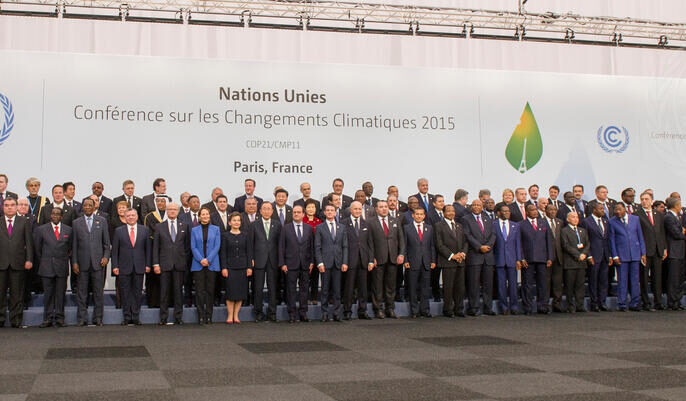Transportation Spending Grabs Smaller Share of Household Income in Sharing Economy Era

Skift Take
It's common knowledge that the wages of U.S. workers have stagnated over time, making essentials more expensive than they were in the past.
Yet U.S. households are spending a smaller share of income on transportation today than they did in the 1980s, a sign of reduced automobile usage and the entry of ride-sharing services into the consumer mainstream.
New research from Michael Sivak and Brandon Schoettle at the University of Michigan's Sustainable Worldwide Transportation department finds that personal transportation spending by U.S. households has dropped from 18.9 percent of all expenditures in 1989 to 15.8 percent in 2006. Transportation, however, remains the second largest spending category behind housing.
"Overall, transportation accounted for the second largest budget category in both 2016 and 1989, with only housing having larger expenditures," reads the report. "Transportation expenditures for all consumer units were 47.9 percent of the housing expenditures in 2016, down from 61.6 percent in 1989. On the other hand, transportation expenditures dropped from being 35 percent greater than expenditures for food (the third largest budget category) in 1989 to being 25.4 percent greater in 2016."
In other words, U.S. consumers are spending more of their earnings on food than before, but less on getting around town. Housing and food expenditures both increased relative to transportation since 1989.
The food numbers include both eating in, and dining out.
Share of spending on vehicle purchases declined the most among measured categories, from 8.4 percent across all income levels in 1989 to 6.3 percent in 2016. Public transportation spending share increased slightly, with those earning the highest 20 percent of income spending more, perhaps the result of cities becoming more wealthy over the time period or increased public transportation fares. Absolute transportation expenditure dropped 11.3 percent when adjusted for inflation while gas and oil expenses dropped 1.9 percent as a share of total spending.
The data, collected from the Consumer Expenditure Survey conducted by the Census Bureau for the Bureau of Labor Statistics, show the effects of decreased car ownership at large. There is also evidence that lower-earning Americans are spending more on housing than before, an increase of 5 percent of total spending share since 1989.
Wealthier U.S. residents now spend a larger share of income on transportation than food, according to the data, while the lowest 20 percent of income earners still spend 0.4 percent more of their income on food than transportation (they spent 0.6 percent more in 1989).




